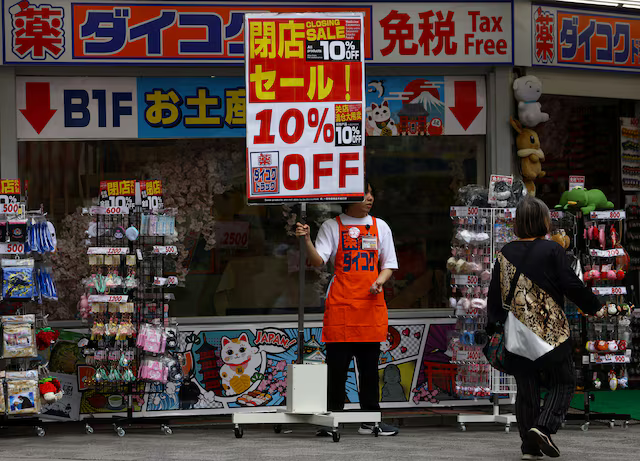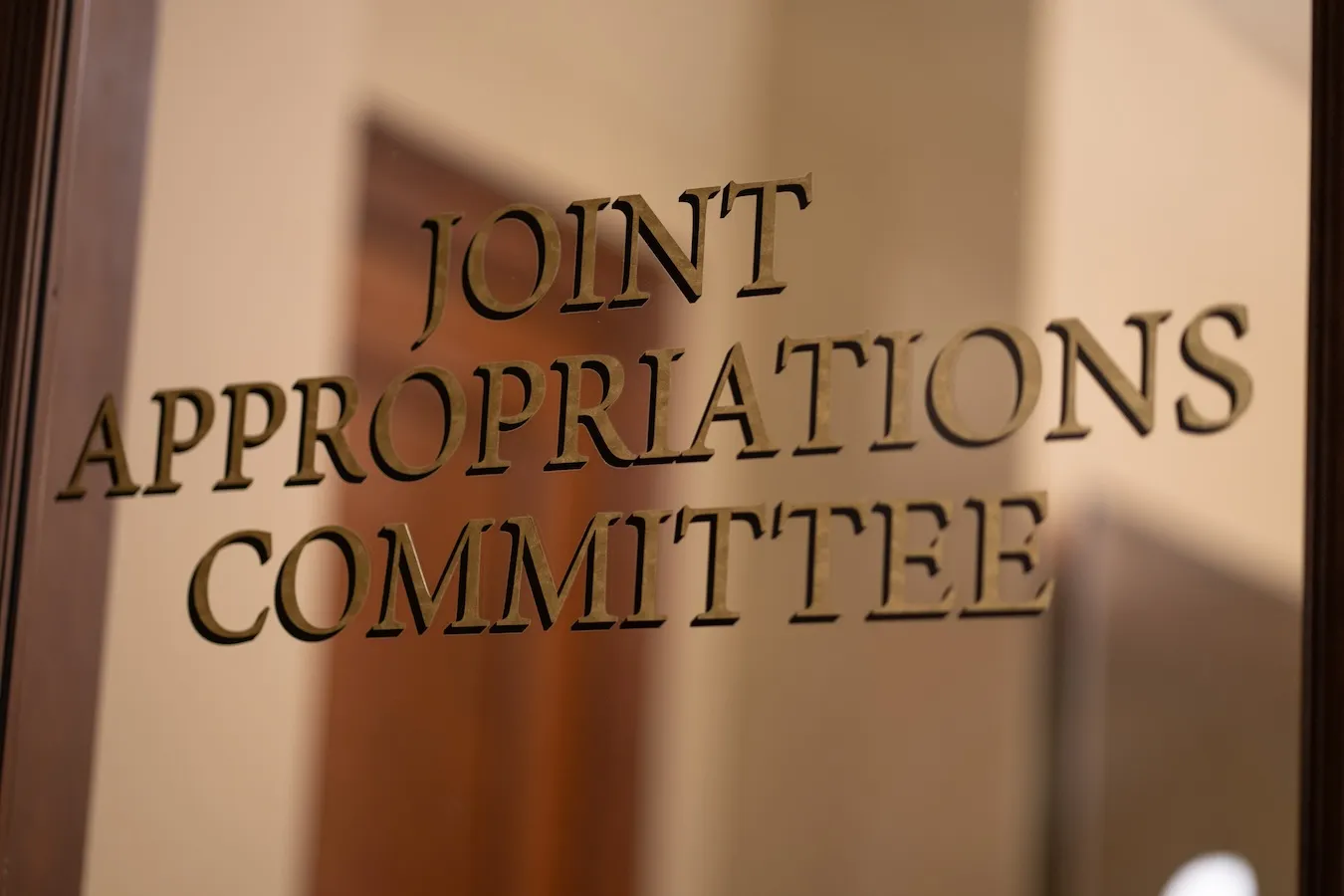Japan Revises Q1 GDP to Show Smaller Contraction Amid Trade and Demand Uncertainty

- Published June 9, 2025
Japan’s economy shrank less than initially reported in the first quarter of 2025, revised government figures showed Monday, as consumer spending offered a modest offset to weakness in exports and business investment amid ongoing US trade tensions.
The Cabinet Office now estimates that gross domestic product (GDP) contracted at an annualized rate of 0.2% from January to March, a revision from the preliminary 0.7% decline released in May. On a quarter-on-quarter basis, GDP was flat, rather than the previously reported 0.2% drop.
Private consumption — which accounts for more than half of the Japanese economy — was revised up to show a 0.1% gain, helped by updated data including restaurant and entertainment spending. Capital expenditure, however, was revised downward to 1.1% growth, from 1.4% initially.
Economists noted that while the revision slightly eases concern over the economy’s short-term health, it does little to change the broader outlook, which remains clouded by rising US tariffs and fragile domestic demand.
“This revision doesn’t change our view that the economy is vulnerable,” said Uichiro Nozaki, economist at Nomura Securities. “The data still reflect an economy under pressure from both weak consumption and export-related headwinds.”
The biggest drag on growth remained external demand, with net exports subtracting 0.8 percentage point from GDP — unchanged from the initial reading. Conversely, domestic demand contributed 0.8 percentage point, supported in part by inventory accumulation.
The revised data comes as Japanese policymakers navigate heightened uncertainty stemming from the US administration’s trade policy, including reciprocal tariffs introduced by President Donald Trump. Japan faces a potential 24% blanket tariff on exports to the US starting in July unless a deal is reached. Industry-specific levies — such as the 25% tariff on autos and parts — have already strained Japan’s key manufacturing sector.
Economists warn that Japan may be at risk of entering a technical recession, defined as two consecutive quarters of negative growth, if the April-June period also sees contraction.
“Given current weakness in exports and limited domestic momentum, Q2 growth could remain flat or negative,” said Saisuke Sakai of Mizuho Research & Technologies.
The economic backdrop is expected to weigh on the Bank of Japan (BOJ) as it prepares for its next policy meeting on June 17–18. With inflation still above target and growth under pressure, analysts expect the central bank to maintain its current stance and delay any further interest rate adjustments.
Kazutaka Maeda, an economist at Meiji Yasuda Research Institute, said the data “push back the timing for any BOJ rate hike,” noting that policymakers will likely prioritize assessing the impact of tariffs and global demand trends.
BOJ Governor Kazuo Ueda has acknowledged the “extremely high” level of uncertainty from external risks, including trade developments, and said the bank will continue monitoring economic indicators closely.
The economic performance also places pressure on Prime Minister Shigeru Ishiba’s administration ahead of a key upper house election. His approval ratings have slipped in recent polls, driven in part by frustration over rising costs of living and sluggish wage growth.
In response, the government has rolled out relief measures, including utility subsidies and the release of emergency food reserves, in an effort to cushion the impact on households.
Despite these efforts, economists caution that without a breakthrough in trade talks and a broader pickup in domestic demand, Japan’s recovery could remain stalled in the coming months. Negotiations with the US are ongoing but have yet to yield a resolution.
“Behind weak consumer spending is people’s sense that prices are too high,” Maeda said. “Without meaningful policy action or trade clarity, that sentiment may persist.”
With input from Reuters, the Wall Street Journal, and Bloomberg.









The latest news in your social feeds
Subscribe to our social media platforms to stay tuned